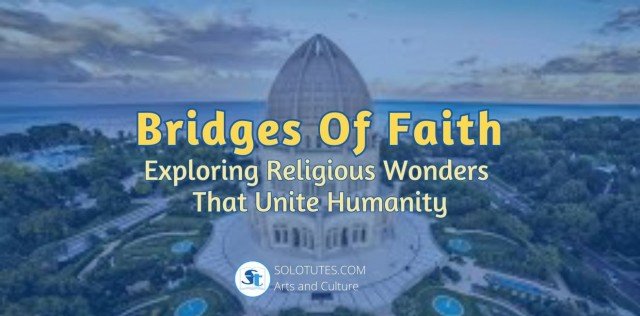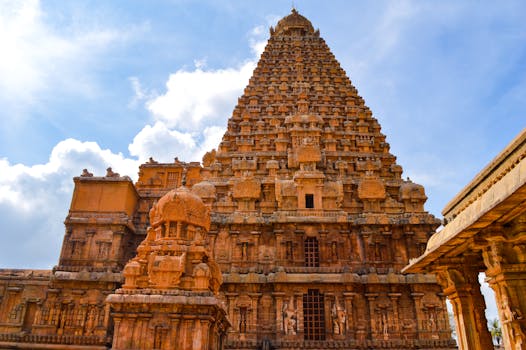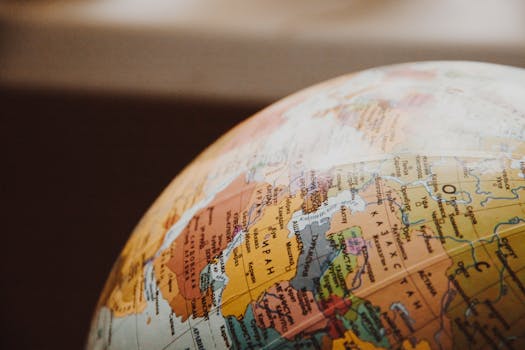What is Buddhism?
- It was started by Gautama Buddha who was also known as Sakyamuni and Tathagata.
- Lord Buddha was born in 563 BC in the sacred area of Lumbini located in the Terai plains of southern Nepal.
- His childhood name was Siddhartha.
- He was a Kshatriya prince of the Sakya/Shakya clan.
- His father’s name was King Suddhodana who was the ruler of the Sakya dynasty and his mother’s name was Maya who was the princess of the Koliya dynasty.
- Seven days after his birth, his mother died and he was brought up by his maternal aunt Mahapajapati Goutami.
- Siddhartha was married to Yasodhara at the age of 16.he also had a son named Rahula, but neither his son nor wife was able to tie him to the worldly life.
- After seeing the sorrow of the world Gautama Buddha decided to leave the pleasures of life and start living the life of a wanderer.
- At the age of 29, he left home in search of salvation. This event in Buddha’s life is known as ‘Mahabhinishkraman’.
- He reached Vaishali where he became the discipline of Alara Kalama but was not convinced by his teachings and he moved from there and became the discipline of Uddaka Ramaputta.
- After seven years of roaming around, he got enlightenment at the age of 35 while meditating on the bank of river Niranjana under a Peepal tree. This tree is called the Bodhi tree band the place is known as Bodh Gaya (Bihar).
- He delivered his first sermon at Sarnath. This event in Buddha’s life is known as ‘Dhammacakkappravattana’ or ‘Turning of Wheel of Law’.
- The Buddha taught in the language of the ordinary people, Prakrit.
- There are many stories about Buddha’s lives called Jatakas.
- He died at the age of 80 in 486 BC under a sal tree in Kushinagar. His death is known as Mahaparinirvana.
Eightfold paths of Buddhism
- Right speech
- Right livelihood
- Right efforts
- Right thoughts
- Right actions
- Right remembrance
- Right concentration
- Right mindfulness
According to Gautama Buddha, the person after following the Eight-Fold Paths leads to liberation from samsara, the painful cycle of rebirth.
Buddhist Literature
- written in the Pali language.
- Vinaya Pitaka
- It deals with the laws of the Buddhist monasteries.
- It was recited by Upali in the first Buddhist Council in the year 483 BC.
- Sutta Pitaka
- It is the collection of Buddha’s sermons.
- It is divided into five parts.
- Abhidhamma Pitaka
- It deals with the life and the philosophy of the Buddha’s teachings.
- Milinda Panha
- It deals with the conversation with the Greek King Menander and the Buddhist Monk Nagasena.
- Tripitaka
- It is the sacred book of Buddhism.
- Dhammapada
- It is the collection of sayings of the Buddha in verse form.
- It is widely read and best known as Buddhist scriptures.
Buddhist councils:
- First council
- It was held in 483 BC at Saptaparni caves near Rajgriha in Bihar.
- It was under the chairmanship of King Ajatashatru.
- Two Buddhist literatures were compiled; Vinaya and Sutta Pitaka by Upali.
- Second council
- It was held in the year 383 BC.
- It was under the chairmanship of King Kalashoka.
- Third council
- It was held in the year 250 BC at Patliputra under the chairmanship of Ashoka the Great.
- Abhidhamma Pitaka was added and Buddhist holy book Tripitaka was compiled.
- Fourth council
- It was held in year 78 AD at Kundalvan in Kashmir under the chairmanship of King Kanishka.
- During this council, Hinayana and Mahayana were divided.
Types of Buddhist:
Buddhism after the death of Buddha was divided into three parts:
- Hinayana
- They believe in the real teachings of Gautama Buddha in attaining Nirvana.
- They do not believe in idol worship.
- Pali language was used in the Hinayana text.
- Mahayana
- They believed that Nirvana is attained by the grace of Gautama Buddha and not by following his teachings.
- They believe in idol worship.
- Sanskrit was used in Mahayana text.
- Vajrayana
- They believe that Nirvana is attained by the help of magical tricks or black magic.
- Symbols associated with Gautama Buddha:
- Birth – Lotus or Bull
- Great renunciation – Horse
- First sermon – Wheel
- Nirvana – Bodhi tree/ Peepal tree
- Mahaparinirvana/ death – Stupa
- Famous monks at the time of Buddha:
- Ananda - constant companion of Buddha and the most devoted disciple.
- Anuruddha- master of right mindfulness.
- Mahakasyapa- president of the Buddhist council held at Rajagriha.
- Maudgalyayana- he had the greatest supernatural powers.
- Sariputra- possessed a profound insight into the Dhammapada.
- Upali- master of Vinaya.
- Famous Buddhist Scholars
- Ashvaghosha – contemporary of Kanishka, poet, dramatist, musician who wrote famous poem Buddhacarita.
- Nagarjuna – friend and contemporary of Satavahanas king who wrote the famous book Madhyamik Shastra.
- Buddhaghosa – Pali scholar who wrote Visuddhimagga.
- Dignaga – founder of Buddhist logic.
- Important Buddhist Gods and Goddess:
- Buddha Shakyamuni- the historical Buddha.
- Buddha Maitreya- the future Buddha.
- Avalokiteshvara- the Bodhisattva of wisdom and literature.
- Tara- a female Bodhisattva. She was considered a great protector that guards people against the eight major dangers in life.
- Padmasambhava- also called Guru Rinpoche is the historically tangible founder of Tibetan Buddhism.
.png)




















.jpg)








 Indus Valley Civilization / Harappan Civilization : Ancient India
Indus Valley Civilization / Harappan Civilization : Ancient India  Jainism : One Among Top Religions, History And Its Emergence
Jainism : One Among Top Religions, History And Its Emergence